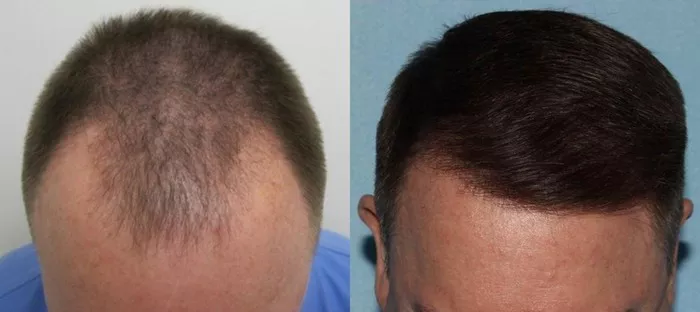Hair transplants are an increasingly popular solution for individuals looking to restore their natural hairline and regain confidence. After undergoing this transformative procedure, patients often have questions about the recovery process, including how long to wear a headband post-transplant. In this informative article, we will delve into the post-transplant headband-wearing period, its significance, and the expert recommendations to ensure a successful and comfortable recovery.
The Role of the Post-Transplant Headband
The post-transplant headband serves several crucial roles in the recovery process after a hair transplant. Firstly, it helps protect the newly transplanted grafts from external factors like dust, dirt, and accidental touch, reducing the risk of infection or graft damage. Secondly, it minimizes swelling and bruising by providing gentle compression, especially in the recipient area. The headband also helps to keep the grafts in their proper position, ensuring they integrate well with the surrounding tissue. Additionally, it serves a cosmetic function by concealing the treated area, offering privacy to the patient during the initial healing phase when the transplanted hair may not look its best.
Immediate Post-Transplant Care
The following are applications for headbands:
1. Headband Application:
Immediately following the hair transplant surgery, your surgeon or medical staff will apply the headband to your forehead. It will be snug but not overly tight to avoid putting undue pressure on the grafts.
2. Changing the Headband:
Typically, the initial headband will be replaced after a day or two. Your surgeon will guide you on when to make this change.
Duration of Headband Use
The duration of headband use after a hair transplant varies depending on the surgeon’s instructions and the specific procedure. Typically, patients wear a headband for about 1 to 2 weeks after the surgery to protect the grafts, minimize swelling, and ensure proper healing. Some surgeons may recommend wearing it at night for a more extended period to prevent unintentional rubbing or scratching during sleep. After the initial phase, the headband can often be discontinued, but patients should continue following post-operative care instructions diligently to support the grafts’ long-term success. It’s essential to consult with the surgeon for personalized guidance on headband usage and recovery.
Post-Headband Care
The following is the care after headband:
1. Gentle Removal:
When it’s time to remove the headband, do so gently and following your surgeon’s instructions. Avoid any sudden movements that may cause discomfort or displace the grafts.
2. Washing Your Hair:
After headband removal, you may be allowed to wash your hair following specific guidelines provided by your surgeon. Be cautious and use a gentle touch during this process.
Monitoring the Healing Process
The following are the monitoring of the healing process:
1. Patience is Key:
It’s essential to exercise patience during the healing process. The transplanted grafts may initially shed, but this is entirely normal. New hair growth typically begins within a few months post-transplant.
2. Follow-Up Appointments:
Regular follow-up appointments with your surgeon are essential to monitor your progress and ensure that the grafts are developing as expected.
3. Resuming Normal Activities:
Your surgeon will provide guidance on when you can resume regular activities, including exercise, wearing hats, and styling your hair.
See Also: [Revealed!] The Cost of a Hair Transplant for Your Hairline
Final Thoughts: Individualized Care for a Successful Recovery
In conclusion, the duration for which you should wear a headband after a hair transplant can vary based on individual factors, surgical technique, and your surgeon’s recommendations. The headband plays a vital role in the immediate post-operative phase, aiding in reducing swelling and stabilizing grafts.
To ensure a successful recovery and maximize the results of your hair transplant, it is crucial to follow your surgeon’s instructions diligently. Remember that patience is key, and the full benefits of the transplant may take several months to become evident. By partnering with a skilled surgeon and adhering to post-operative care guidelines, you can look forward to enjoying a natural and confident head of hair once again.


